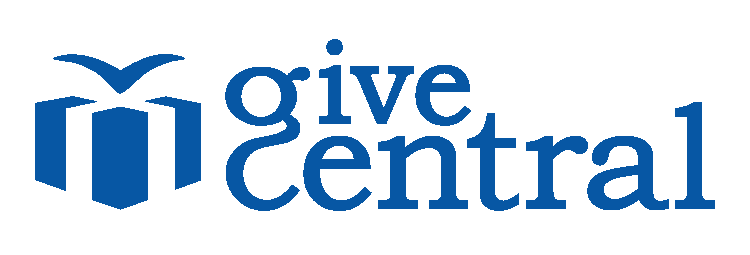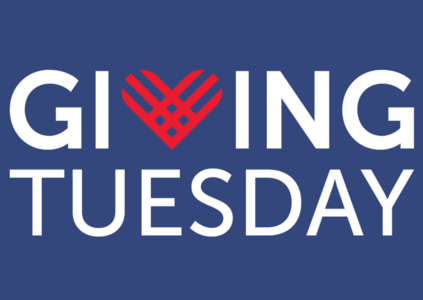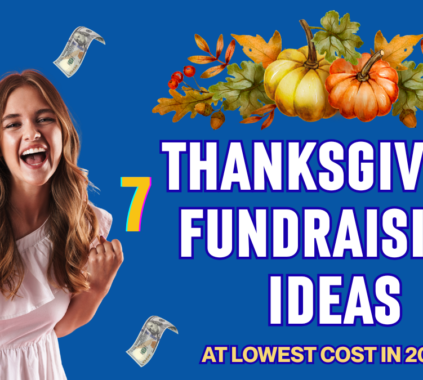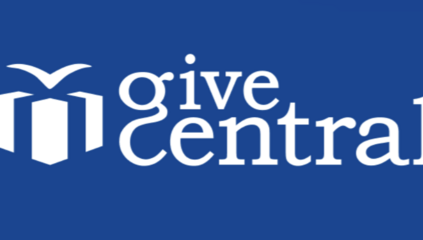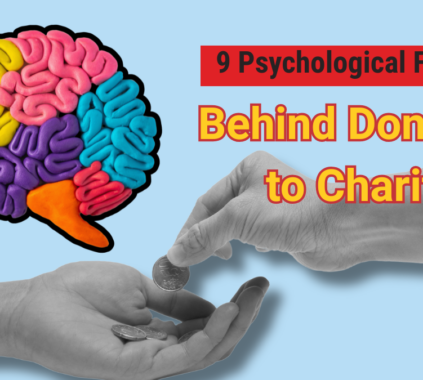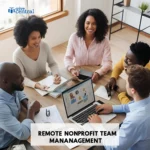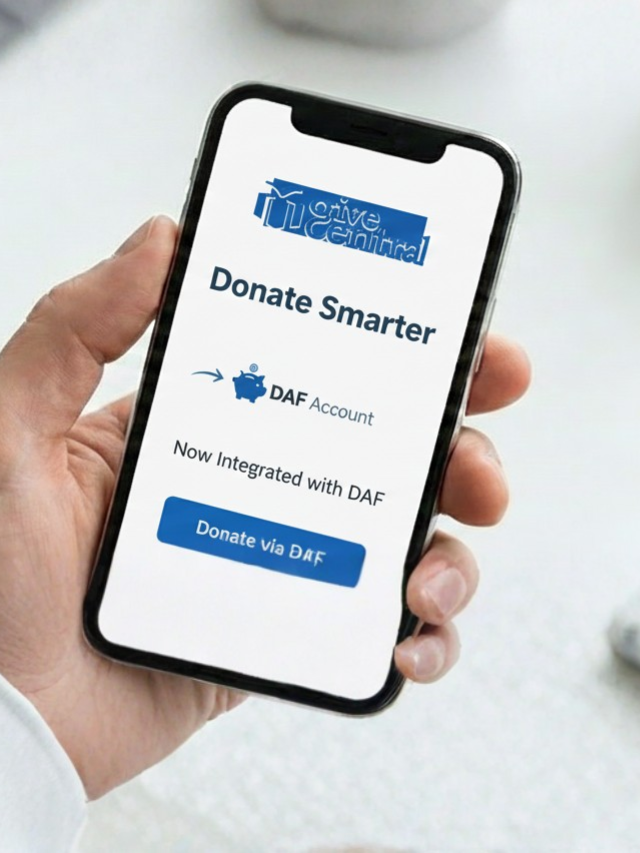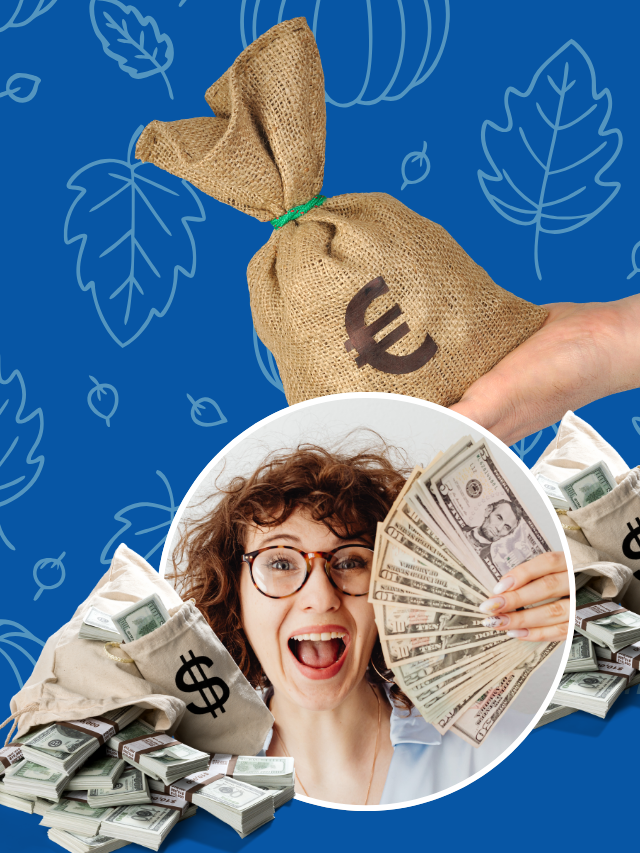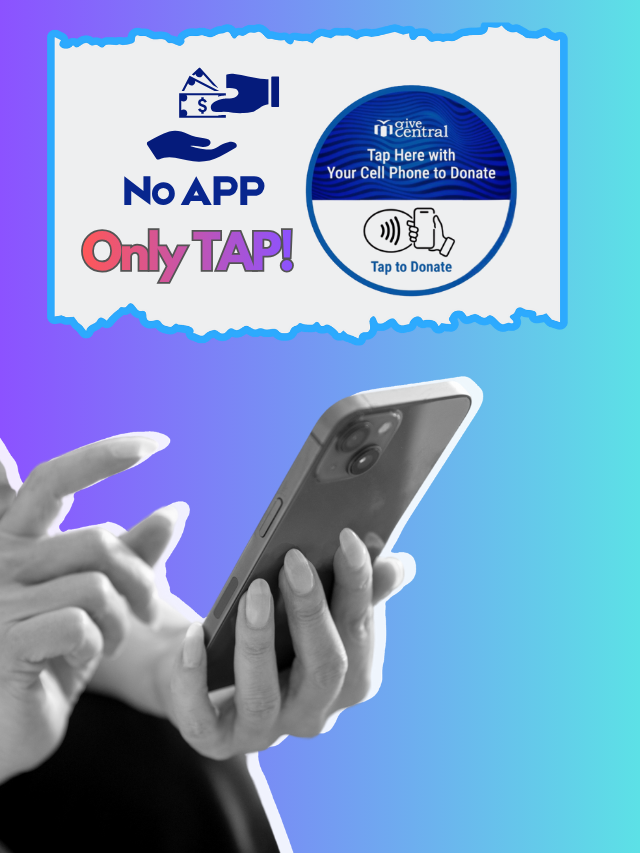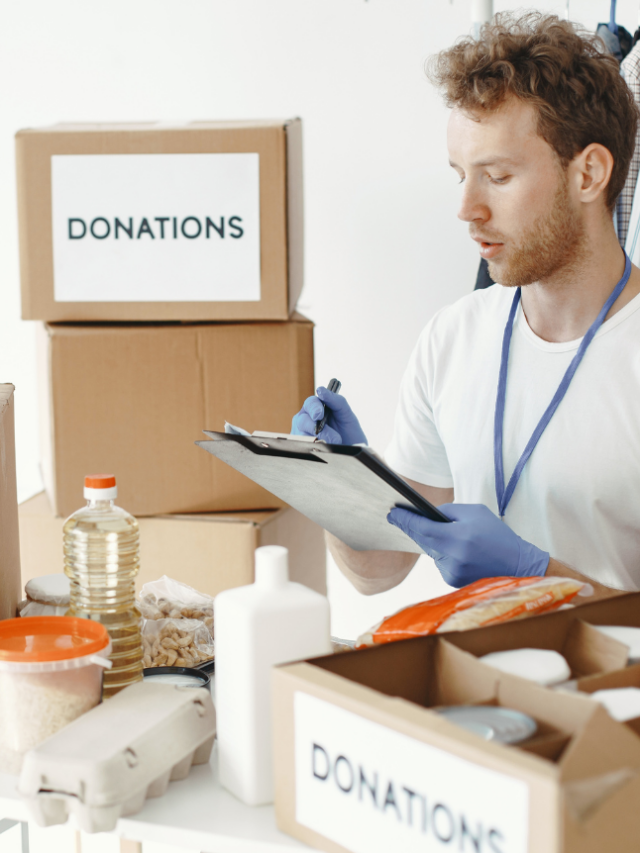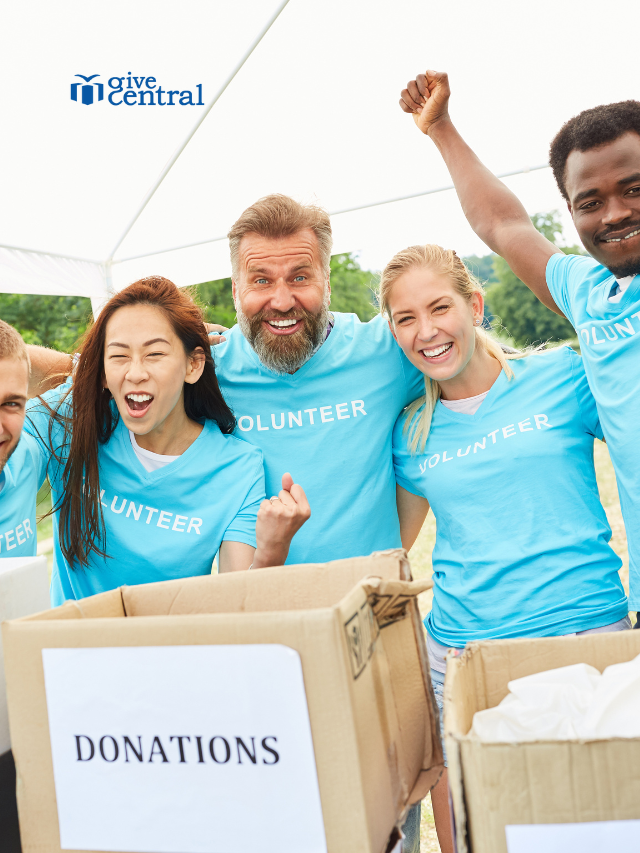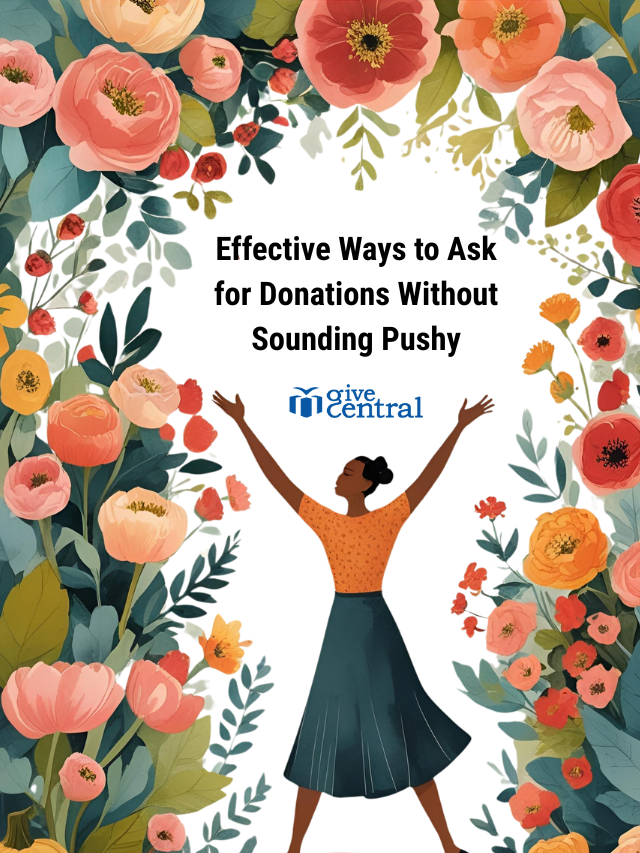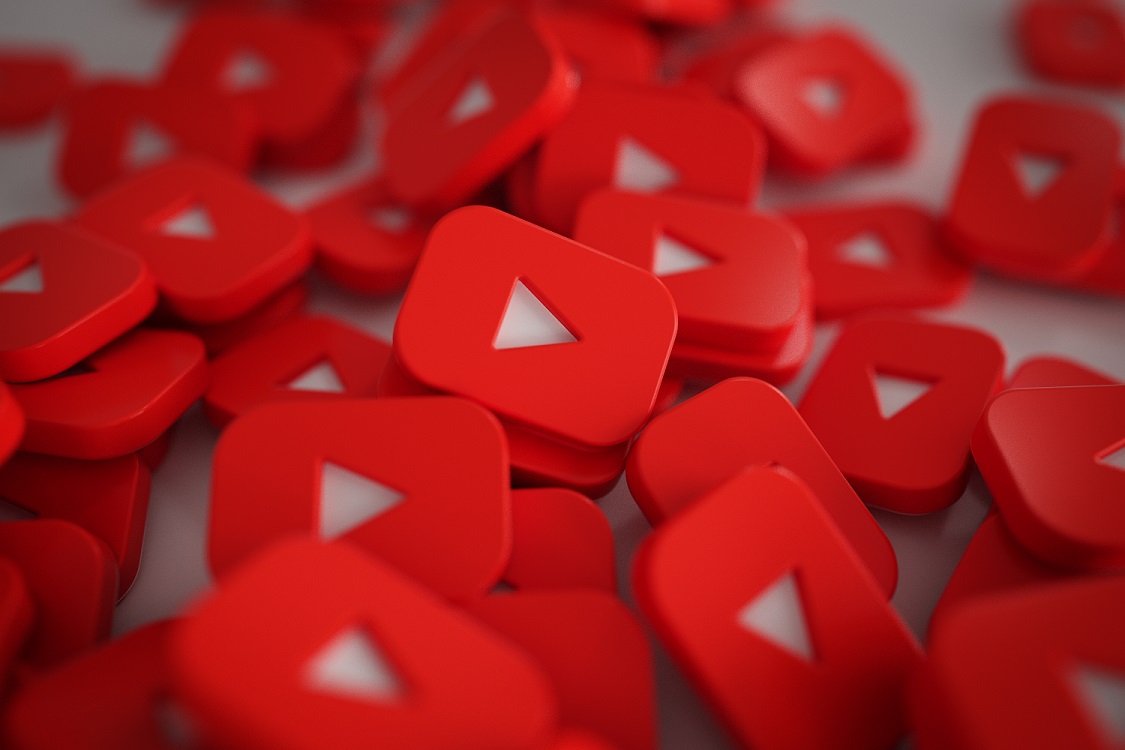In the world of nonprofit fundraising, one reality remains constant: resources are always limited, and every rupee or dollar needs to be spent wisely. With the digital space evolving rapidly, the way donors engage with causes has also changed. Gone are the days when a print ad or a direct mailer was enough to drive results. Today, people are online—scrolling through social media, watching YouTube, reading blogs, and sharing stories that move them.
So how can nonprofits like yours make the most of today’s digital landscape, especially when the budget is tight?
The answer lies in a simple yet powerful framework known as POEM. No, we’re not talking about poetry. POEM stands for Paid, Owned, and Earned Media, and it can be a game-changer for fundraising when used strategically.
What is the POEM Model?
The POEM model helps organizations categorize and balance their marketing efforts across three main types of media:
-
Paid Media – This includes anything you pay for, like Google Ads, social media ads, and display banners.
-
Owned Media – This covers the digital spaces you control, such as your website, email list, blog, and social media profiles.
-
Earned Media – This is the word-of-mouth and organic sharing that happens when people talk about or endorse your nonprofit.
The key is knowing how to use all three together to create a seamless experience for your audience—one that starts with awareness and ends with meaningful action, like donating or volunteering.
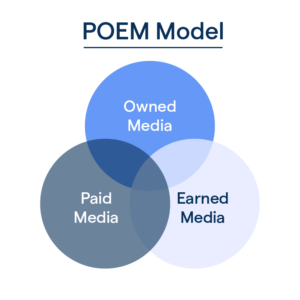
Let’s Break Down Each Part of the POEM
Paid Media: Reach New Supporters Quickly
Paid media is the fast lane to visibility. It’s where you spend money to get your message in front of the right people.
In the nonprofit world, this could mean running Google Ads that appear when someone searches “how to support children’s education” or using Instagram ads to promote a Giving Tuesday campaign.
What makes paid media effective is its ability to scale and target. With just a small budget, you can reach thousands of potential donors based on location, interests, behavior, and even past giving history. For instance, if you’re running a medical relief campaign in Delhi, you could target users in that city who have shown interest in healthcare causes.
But paid media works best when it’s not working alone.
Owned Media: Nurture Relationships and Build Trust
Your website, blog, social media channels, and email newsletters are all examples of owned media. This is your home base. You control the content, the frequency, and the tone.
When someone clicks on your Instagram ad and lands on your website, what do they see? Is your story clear? Is your donation process smooth? Is there content that keeps them interested even if they don’t donate immediately?
Let’s say a user comes across your ad about food relief and visits your website. If your homepage has a compelling video, a few donor stories, and a blog that explains how every donation is used, there’s a much higher chance they’ll stay engaged or return later to give.
Owned media is also where you build long-term relationships. Your newsletter, for example, can keep past donors updated on your latest projects, making them more likely to give again.
Earned Media: Let Your Supporters Spread the Word
Earned media is all about what others are saying about you. It’s when your donors, volunteers, or beneficiaries share your work on social media, talk about you in a blog, or mention your nonprofit during a panel discussion.
Think of it this way: you can tell people about your impact, or you can let your supporters do it for you. And often, it’s the latter that resonates more.
An example of earned media could be a corporate donor featuring your nonprofit on their website as part of their CSR initiative. Or a popular LinkedIn creator sharing their experience volunteering with your team. Even something as simple as a donor sharing your campaign post on their Instagram story counts.
Earned media can’t be bought—but it can be encouraged. Make your content shareable. Ask supporters to tag you when they post. Send thank-you emails with easy share buttons. Feature real people and stories. When people feel personally connected, they naturally want to talk about it.
How to Use POEM for Smarter Fundraising
The real magic happens when these three types of media work together. Think of it as a funnel.
-
Start with paid media to drive new people to your owned media.
-
Use owned media to educate, inspire, and build trust.
-
Let earned media reinforce that trust through authentic stories and shares.
Here’s a simple example:
A nonprofit focused on animal welfare launches a Diwali fundraiser. They run Facebook ads targeted at pet lovers in Mumbai (paid media). The ad links to a landing page on their website with a video showing how donations help rescue dogs (owned media). Donors are encouraged to share their donation receipt with a branded hashtag (earned media). This creates a ripple effect, reaching more people organically.
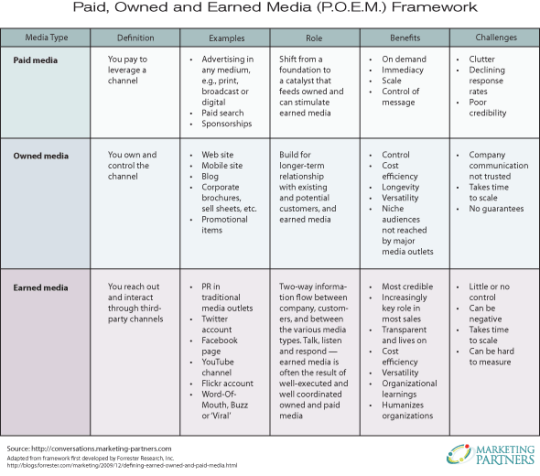
Why POEM Works So Well for Nonprofits in 2025
In 2025, attention spans are shorter, digital content is everywhere, and donors are more informed than ever before. People want transparency, connection, and convenience. The POEM model addresses all three.
- Paid media gets you in front of the right audience, fast.
- Owned media helps you tell your story in your own words.
- Earned media adds credibility and community backing.
It’s a cost-effective approach because you’re not relying entirely on ad spend. Your owned and earned media do a lot of the heavy lifting, keeping your cost-per-donor acquisition low.
And most importantly, it gives you flexibility. Whether you’re running a large campaign or simply trying to maintain donor engagement between drives, POEM helps you stay visible and relevant.
Getting Started Without Overwhelm
You don’t need to be everywhere or do everything at once.
Start small. Run a basic Google Ad campaign promoting your donation page. Make sure your landing page clearly communicates your mission. Follow up with a welcome email. Then ask new donors to share their reason for giving on social media. Measure the results and tweak your strategy over time.
It’s not about more tools—it’s about smarter storytelling across the right platforms.
Fundraising Smarter, Not Harder
Digital marketing doesn’t have to be expensive or complicated. By using the POEM model, your nonprofit can stay visible, build trust, and increase donations—without stretching your team too thin.
As fundraising continues to evolve, the organizations that thrive will be the ones that adapt, test, and use every opportunity to connect with supporters.
If you’re looking for an easy way to manage your fundraising campaigns, track donor activity, and simplify your giving process, take a look at GiveCentral.org. It’s designed specifically for nonprofits that want to grow online without getting lost in the tech.
Fundraising for Nonprofits nonprofit marketing nonprofit's marketing strategy world poetry day
Last modified: April 14, 2025
